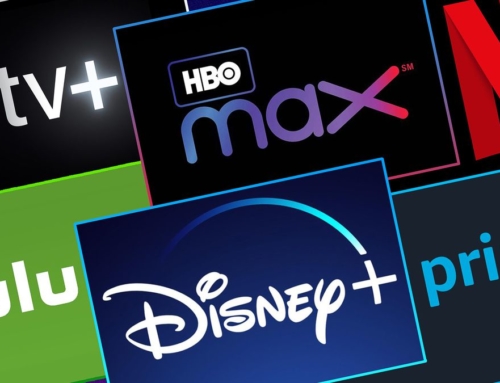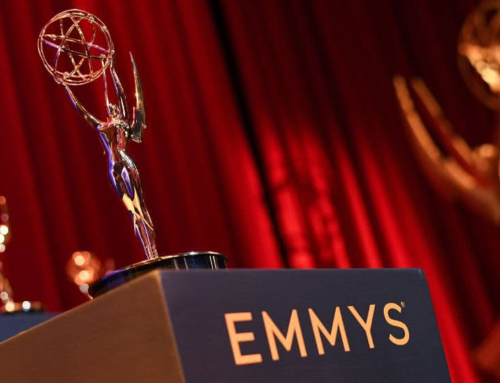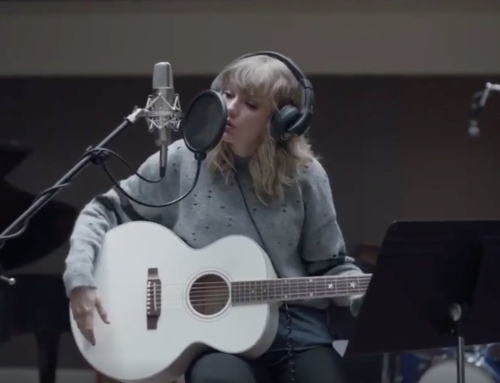
With no hallmark moments to report from this year’s ceremony, the 90th annual Academy Awards seems to have suffered a predictable fate: falling ratings.
Compared to 2017, the televised ceremony suffered a 16% ratings drop according to Nielsen. This year’s event marked a record low, surpassing the Academy’s lowest rated ceremony in 2008 which had 32 million viewers.
In 2017, the Oscars managed to capture the attention of 32.9 million viewers. Thus, attracting 22.4% of viewers. This year, Nielsen reports the ceremony had 18.9% of viewers tuned in.
Still, the Oscars will likely remain as the most-watched non-sporting event in the U.S. – a title it maintains each year.
While these declining numbers could spell trouble for the Academy, these numbers do not reflect streaming on digital and mobile platforms which have proven to be taking up a larger share of viewers in recent years. Because of this, a decline in viewership across traditional platforms has proven to be a trend among most large-scale televised events. The 2018 Grammy awards brought in 26.1 million viewers, its smallest audience since 2006. In February, the Super Bowl brought in 103.4 million viewers which, while still an impressively large number, proved to be a 7% decline in viewers from 2017.
Even with falling numbers, advertisers are still clamoring to be included in these productions and as viewership steadily declines the cost for running an ad during these events has continued to rise.
ABC reported it had sold out of its ad inventory for the 2018 ceremony and had charged an average of $2.6 million for a 30-second ad. In 2017, the average price was $1.9 million generating an approximate $128 million for ABC in total that year.
As broadcasters continue to find ways to adapt to an evolving viewing market in which streaming reigns supreme, it is safe to bet that profits will continue to rise as these large-scale events maintain their respective legacies.










